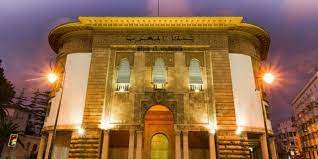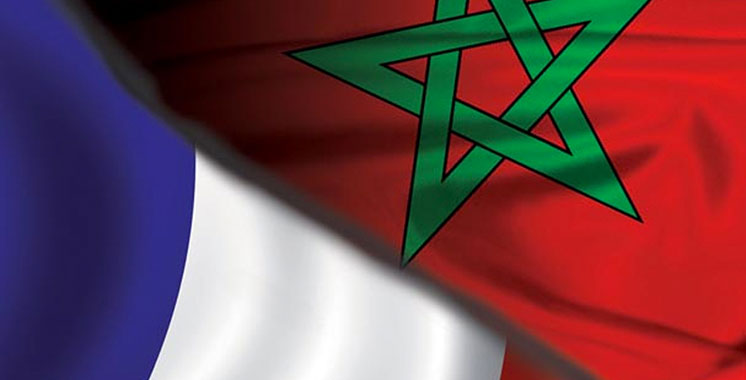 Bank Al-Maghrib, Morocco’s central bank, has decided to hold interest rates steady, contrary to the forecasts of many analysts who were expecting a hike of rates following the coronavirus pandemic, rainfall shortage and the Russia-Ukraine war.
Bank Al-Maghrib, Morocco’s central bank, has decided to hold interest rates steady, contrary to the forecasts of many analysts who were expecting a hike of rates following the coronavirus pandemic, rainfall shortage and the Russia-Ukraine war.
During its first meeting for the year 2022, the Board of Directors of the Bank decided to keep unchanged its rates at 1.5 percent to support economic activity and mitigate the impact of the adverse international environment due to the expected return of inflation to moderate levels in 2023.
The Board looked into the international environment marked by the events related to the Russia-Ukraine war, at a time when the global economic recovery was already facing several challenges, namely the rise in commodity prices, the persistence of disruptions in global production and supply chains as well as strong inflationary pressures.
While the outcome and the duration of this conflict remain unpredictable, its impact on financial markets, commodity prices, global trade and overall economic activity is already tangible. These developments will have an impact on Moroccan economy, which is also facing particularly adverse weather conditions due to a significant rainfall shortage.
Furthermore, the Bank expects a substantial decline in agricultural value-added and some consolidation of non-agricultural activities, boosted by the significant progress in the vaccination campaign, the easing of sanitary restrictions, and the continuation of monetary stimulus and sectoral support measures.
According to these projections, inflation would sharply accelerate this year, while external balances and public finances would remain relatively resilient.
The inflation’s acceleration, started in 2021, is continuing, driven by external pressures related to the surge of energy and food products prices and the increase of inflation in key economic partners.
Thus, after a rate of 1.4 pc in 2021, inflation would attain 4.7 pc in 2022 before returning to 1.9 pc in 2023. Due to particularly adverse weather conditions, the agricultural season would record, according to Bank Al-Maghrib forecasts, a cereal production of around 25 million quintals (MQx), after 103.2 MQx a year earlier.
Agricultural value-added is thus expected to fall by 19.8 pc, reducing economic growth to 0.7 pc in 2022 after a rebound that would have reached 7.3 percent in 2021.
In 2023, assuming an average harvest of 75 MQx, agricultural value-added would increase by 17 pc, bringing growth to 4.6 pc. Non-agricultural activities would gradually consolidate, with a 3 pc increase in their value added in 2022 and 2023
Due to soaring commodity prices, Morocco’s current account deficit would widen to 5.5 pc of GDP in 2022 from 2.6 pc in 2021, before easing to 3.7 pc in 2023.
Imports would increase by 14.9 percent in 2022 due to higher energy bill, purchases of agricultural and food staples as well as consumer goods. In 2023, the rise would be limited to 1.1 percent, due in particular to the expected drop in the energy bill. Meanwhile, exports would increase by 12.5 % in 2022 and 3.4 %in 2023, driven mainly by higher sales of the car manufacturing and phosphate and derivates sectors in 2022.
While remaining below their pre-crisis levels, travel receipts would improve gradually, rising from $3.5 billion in 2021 to $4.8 billion in 2022 and to $7.2 billion in 2023. Remittances would progressively resume their pre-crisis level, falling to $8.1 billion in 2022 and to $7.2 billion in 2023, after peaking to $9.5 billion in 2021.


